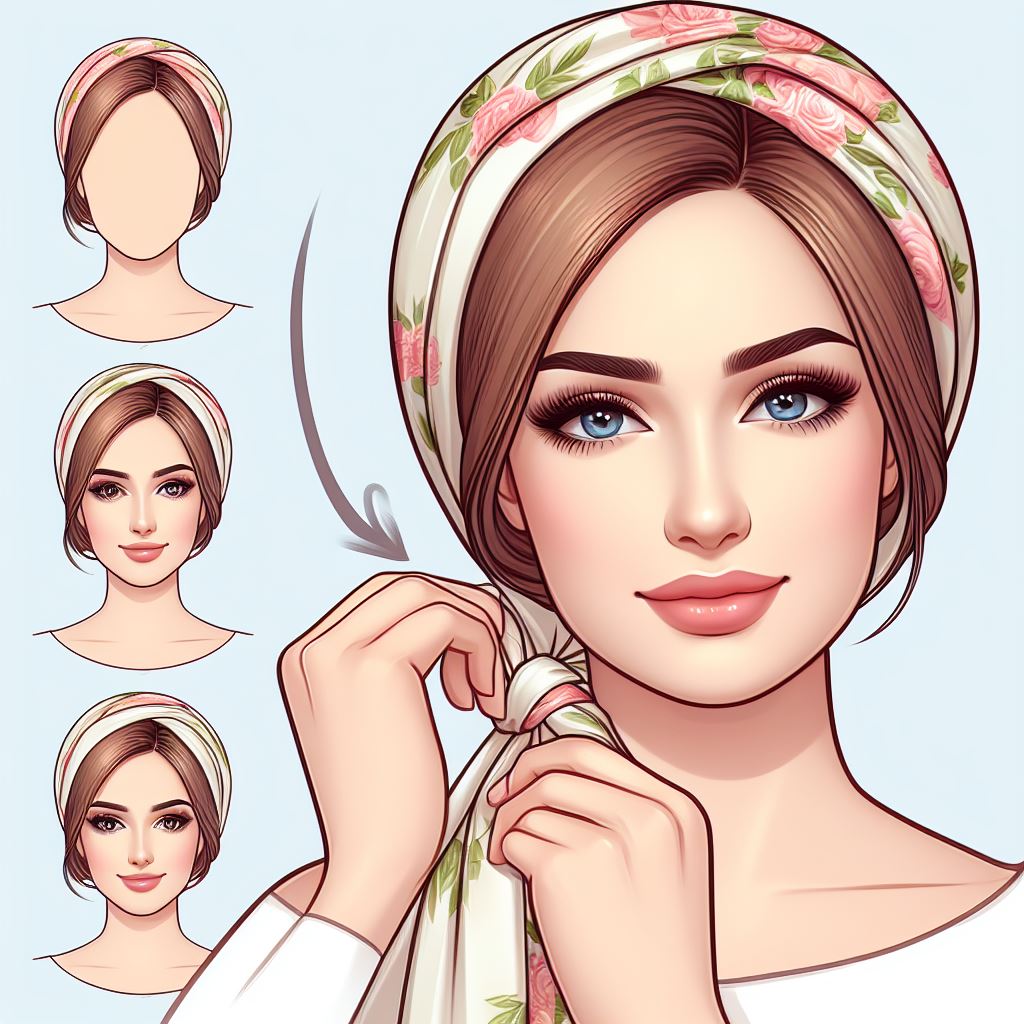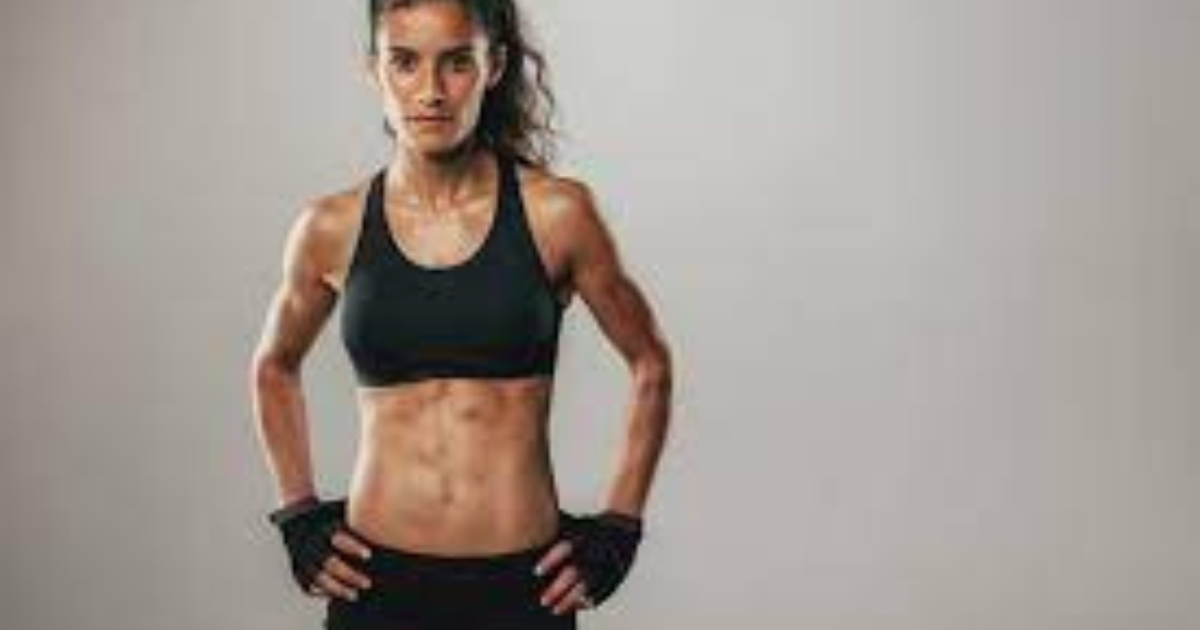People wear headscarves for different reasons. Some wear them to look stylish and unique. Others wear them for cultural or religious beliefs. Head scarves can also protect hair from the weather, offer comfort during illnesses, or simply be a quick and easy solution for busy days.
Wear a classic knot or headband for everyday outings. Choose a chic turban or neat bow for work. Try an elegant side twist or a fancy bow tie for special events. Adjust styles based on the occasion, casual, professional, or formal.
Wearing a head scarf is cool because it adds style and creativity to your appearance. Shields your hair from weather and pollution, reducing damage. Represents culture or religion, making a personal or fashion statement.
Table of Contents
Factors considered for Choosing a scarf
Choosing a scarf involves considering several factors.
Fabric and Material
When choosing a scarf, think about the fabric and material. Cotton scarves are comfy for everyday wear, silk adds a touch of elegance, and wool keeps you warm in colder weather.
Consider the length and width of the scarf. A longer scarf offers more styling options, while a narrower one might be better for a specific look.
Look at colors and patterns. Choose ones that go well with your outfit and reflect your style. By considering these factors, you can pick a scarf that suits your comfort and fashion preferences for any occasion.
Length and Width
Consider the size of the scarf. If you want more styling options, go for a longer scarf. For a specific look or if you prefer simplicity, a narrower scarf might be the right choice.
Think about your comfort and the style you want to achieve. The right size ensures your scarf fits well with your outfit and enhances your overall look.
Colors and Patterns
Look at the colors and patterns of the scarf. Choose colors that match or complement your outfit. Patterns can add a playful or sophisticated touch to your look.
Consider your style when selecting colors and patterns. Whether you prefer bold and vibrant or subtle and neutral, the right choice can enhance your outfit and express your individuality.
Specific considerations for preparing face
Clean Your Face
Clean your face before wearing a headscarf. Start by using a mild cleanser to wash your face. This helps remove any dirt, oil, or makeup. Rinse your face with warm water to ensure all cleanser residues are gone. Pat your face dry with a clean towel.
Pay attention to areas with more oil or impurities, like the forehead, nose, and chin. Be gentle when cleaning to avoid irritating your skin. Use circular motions with your fingertips. Pat your face dry instead of rubbing it to prevent unnecessary friction on your skin.
Moisturize Your Skin
Moisturize your face before wearing a headscarf. Pick a moisturizer that is lightweight and suitable for your skin type. Put a small amount of moisturizer on your fingertips and apply it evenly across your face.
Pay extra attention to areas prone to dryness, such as cheeks or around the eyes. Use a modest amount to prevent the headscarf from feeling greasy on your skin. Give the moisturizer a few minutes to absorb into your skin before putting on the headscarf.
Irritants on your face
irritants on your face before wearing a headscarf. Be mindful of the skincare products you use before wearing a headscarf. Opt for hypoallergenic or fragrance-free products to minimize the risk of irritation.
If trying a new product, test it on a small area first to ensure it doesn’t cause any adverse reactions. Stay away from skincare products with harsh chemicals that may react with the headscarf material.
Turban style headscarf
Start by folding the scarf into a wide band, ensuring it covers a significant portion of your head. Position the folded band on your head, ensuring the ends are of equal length and situated at the nape of your neck. Cross the ends of the band at the nape of your neck, creating an ‘X’ shape for a secure foundation.
Twist the crossed ends around each other as you bring them to the front of your head. This twisting action adds a stylish element to the turban. Once the ends reach the front, tuck them securely into the wrapped section, concealing the twist and creating a polished turban look. Adjust the turban style by gently pulling or loosening the fabric to achieve your desired look. Ensure it feels comfortable in your head.
Basic Techniques to Tie Head Scarf
Simple Head Wrap
Creating a simple head wrap is an effortless yet stylish way to wear a headscarf. To begin, ensure the scarf is centered on your head, allowing the ends to drape evenly on each side. This foundational step sets the stage for a symmetrical and balanced look. You can experiment with the placement, adjusting the scarf’s position until you find the most comfortable and flattering arrangement.
Initiate the wrap by crossing the ends under your chin, forming an X shape. This not only adds a touch of flair but also helps anchor the scarf securely. As you bring the crossed ends to the back of your head, ensure they lie flat and snug against your hair. This step contributes to the scarf’s stability and prevents it from slipping throughout the day.
Classic knot headscarf
The classic knot headscarf style begins by folding the scarf into a triangle. Ensuring the fabric is even on both sides. Position the long edge of the triangle along your forehead, with the point facing backward.
Take the two ends of the scarf and tie them securely at the back of your head. This creates a simple knot. After tying the knot, adjust the scarf to ensure a comfortable fit. You can loosen or tighten as needed. The resulting style forms a classic knot at the nape of your neck, offering a timeless and chic appearance.
Conclusion
Tying a head scarf is not just about fashion – it’s your unique form of self-expression. Whether you go for a simple head wrap, a classic knot, or a stylish turban, the key is to have fun and experiment with different styles. Beyond looking good, wearing a headscarf can connect you to your culture, and traditions, or simply reflect your flair.
Remember the practical side too – prep your face and hair, choose the right scarf for the occasion, and enjoy the process. Tying a head scarf is more than just a style; it’s a celebration of diversity and individuality.










